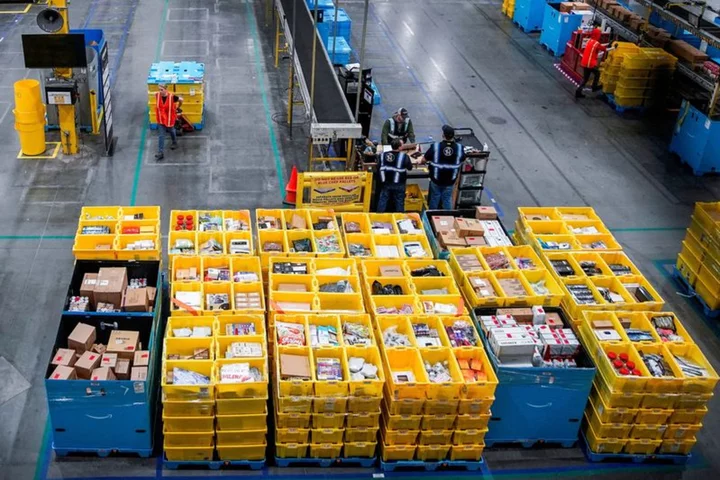
More US shoppers tack on buy now, pay later debt for Cyber Monday
By Arriana McLymore and Deborah Mary Sophia NEW YORK A record amount of price-pinched holiday shoppers are expected
2023-11-28 02:48

CPSI Names Mark V. Anquillare to Board of Directors
MOBILE, Ala.--(BUSINESS WIRE)--Jul 31, 2023--
2023-08-01 00:58

Precision Cancer Consortium Teams Up with Massive Bio to Utilize AI Analytics and Enhance Clinical Trial Matching for Cancer Patients Worldwide
NEW YORK--(BUSINESS WIRE)--Jun 2, 2023--
2023-06-02 20:27

Global Dining Chain is Knightscope’s Newest Autonomous Security Robot Client
MOUNTAIN VIEW, Calif.--(BUSINESS WIRE)--Jul 21, 2023--
2023-07-21 21:50

Versatile and Procore Collaborate to Revolutionize Construction Data Management
LOS ALTOS, Calif.--(BUSINESS WIRE)--Sep 20, 2023--
2023-09-20 20:53

Oklahoma Virtual Charter Academy Offers Option to Better Prepare Students for First Grade
OKLAHOMA CITY--(BUSINESS WIRE)--Jul 20, 2023--
2023-07-20 22:24

Weave Wins Third Consecutive Dental Product Shopper Readers Choice Award for Patient Communication And Dental Analytics
LEHI, Utah--(BUSINESS WIRE)--Jul 6, 2023--
2023-07-06 22:22

Why doesn't Tristan Tate talk to Adin Ross? Andrew Tate spills beans about mysterious feud, Internet dubs it 'high school drama'
Andrew Tate used a hypothetical post-war scenario where everyone was gathered around a campfire to explain the feud between Tristan and Adin Ross
2023-07-06 15:20

Talking Medicines: World’s First Patient Voice GPT Provides Curated Insights in Seconds
JERSEY CITY, N.J.--(BUSINESS WIRE)--May 11, 2023--
2023-05-11 19:15

Save £50 on the Kindle Paperwhite Kids this Prime Day
TL;DR: The Kindle Paperwhite Kids is designed just for reading, so your kids can focus
2023-07-10 17:51
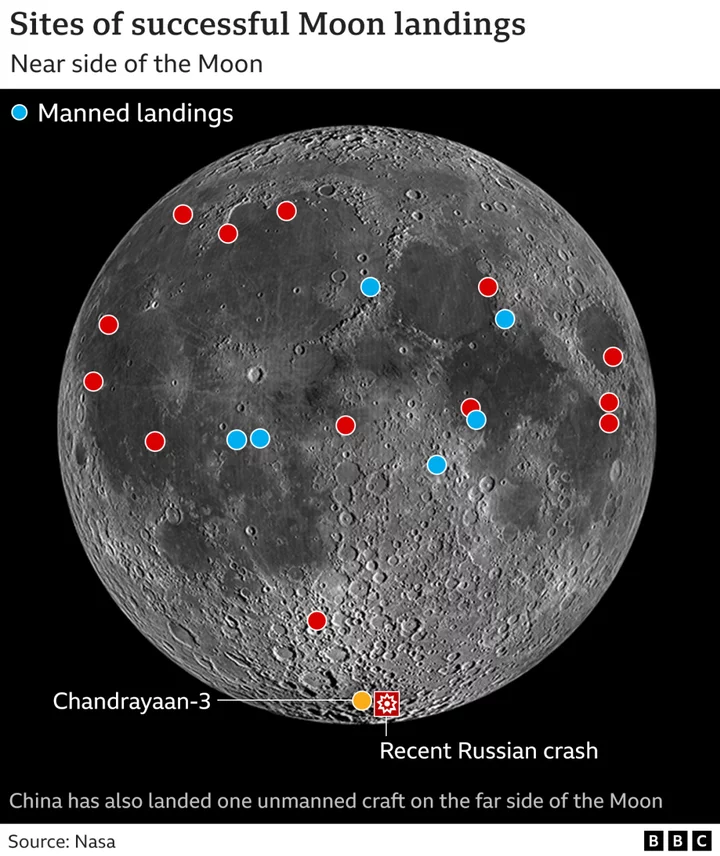
Chandrayaan-3: India releases first video of lunar rover Pragyaan's Moonwalk
India's space agency Isro's footage shows Chandrayaan-3's rover Pragyaan for the first time ever.
2023-08-25 15:18
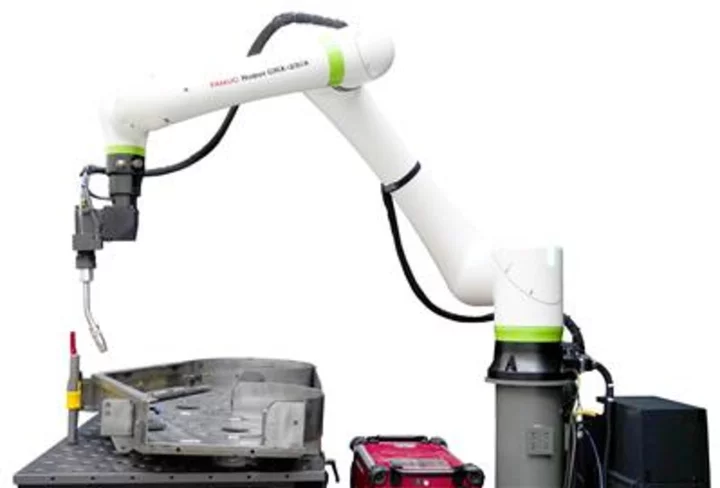
FANUC America Demonstrates Automated Solutions for Welding and Coating at FABTECH
ROCHESTER HILLS, Mich.--(BUSINESS WIRE)--Sep 8, 2023--
2023-09-09 02:22
You Might Like...
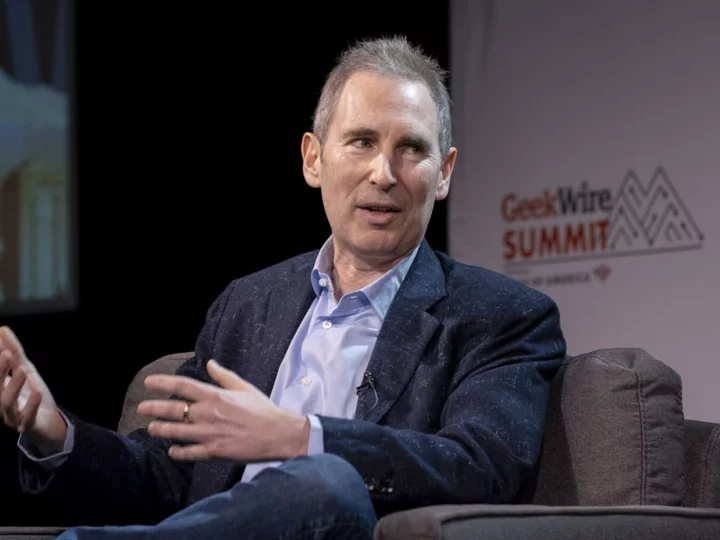
Tech Earnings Are Almost Here. Why AI Is Now a Risk.

Bottomless supply? Concerns of limited Canadian hydropower as U.S. seeks to decarbonize grid
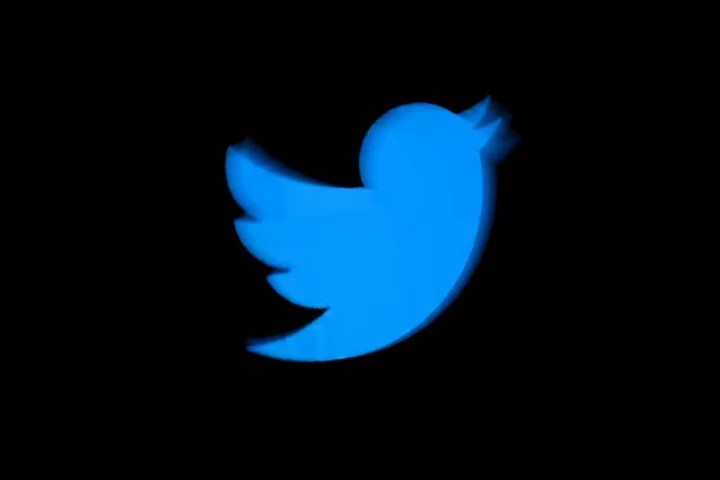
Popular anti-troll tool Block Party shuts down
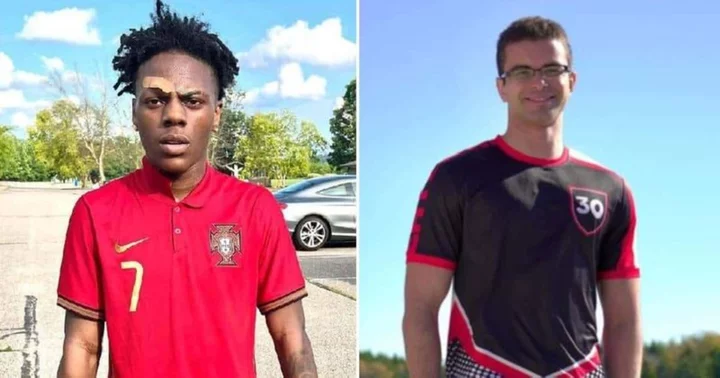
NickEh30 threatens legal action against 'stressed' IShowSpeed for swearing on family-friendly stream
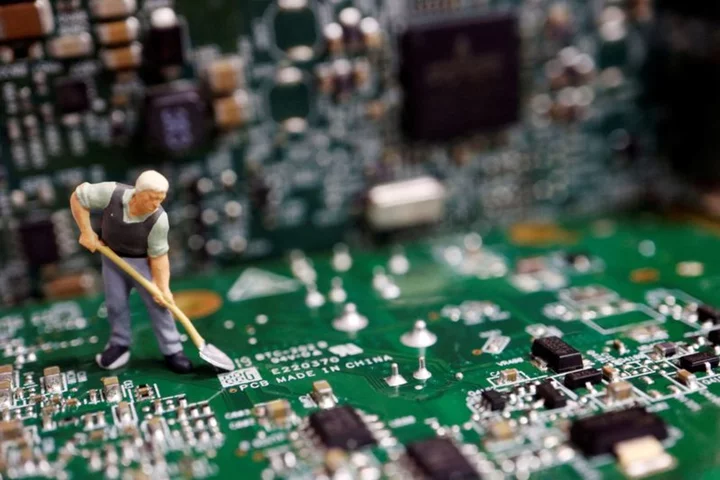
U.S. will be short 67,000 chip workers by 2030, industry group says

Cassida PRO RevolAIR SR-B1 Enables Safe and Secure Cash Rooms for Less

Will MrBeast enter LoL esports with NACL team? Here's what we know

This is the reason why self-service checkouts are fitted with mirrors
